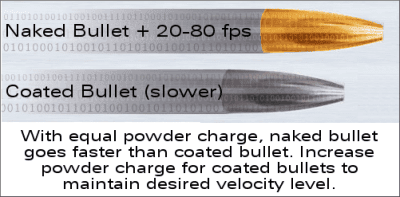DocGlenn
Well-Known Member
Reloading 6.5Creedmoor. Ruger American, nothing fancy. Using IMR4350, brass is factory Hornady, trimmed. Working up a load with new powder. 41.5gr got me 2623 fps, SD 6.09, but when I went up to 41.7, the speed DROPPED to 2609 fps, SD 13.01??? I'm using a Labradar. I can hear the powder compressing when seating the bullet (loading to mag length). Could the extra compression of the heavier load be casing the reduced velocity?? The 41.5 load is great, don't want or need to go any faster, but I don't understand the physics of what is happening here? Any insight would be much appreciated. Thanks!

